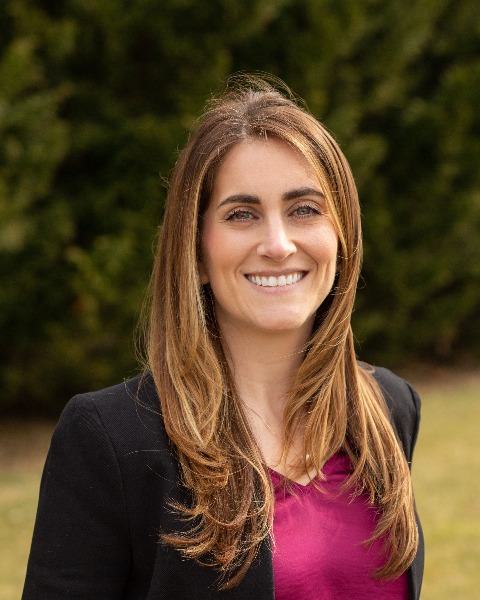COMM-Communication
DIVR-Disparities/Diversity
Positive Discourse: Supporting Patients with Communication Disabilities
Tuesday, May 20, 2025
10:30 AM – 11:30 AM
Location: Colorado Convention Center, Room 501
CE: 1.0 AAPA Category 1 CME

Lauren M. Erickson, MPH (she/her/hers)
Director of Policy and Programs
Institute for Exceptional Care
Washington, DC, United States
What matters most to patients is that their healthcare provider understands them; yet, communication challenges are pervasive and can be significant barriers in clinical care encounters. People with communication disabilities make up 10% of the U.S. population and often experience worse health outcomes when compared to people who do not have communication disabilities. General PAs can learn to recognize communication disabilities and make simple adjustments to their own communication styles to improve clinical interactions, healthcare experiences, and outcomes for patients with communication disabilities.
Learning Objectives:
At the conclusion of this session, participants should be able to:
- Identify the five types of communication disabilities and disorders
- Describe how communication disabilities and disorders may impact the flow of communication during a clinical visit
- Use simple adjustments during clinical visits to improve communication with patients who have communication disabilities and disorders

